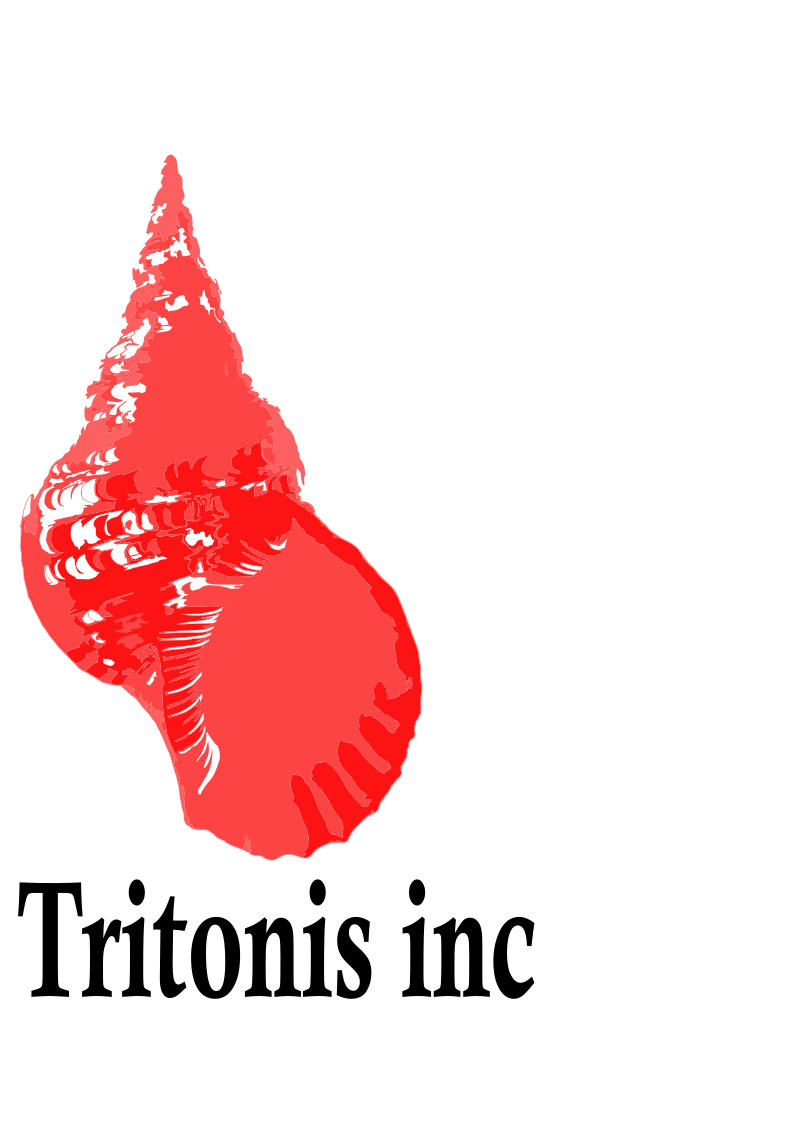
The healthcare industry is awash with data, but fragmentation and a lack of standardization often hamper its true potential. The Observational Medical Outcomes Partnership Common Data Model (OMOP CDM) is a leading framework for harmonizing disparate healthcare data, enabling large-scale analytics and research. However, the real power of OMOP CDM is unleashed when integrated with other data standards, such as HL7 FHIR, LOINC, and SNOMED CT. This article explores the importance, challenges, and best practices of integrating OMOP CDM with other data standards, supported by real-world examples and insights.
The Role of OMOP CDM in Healthcare Data Standardization
OMOP CDM is a standardized data model designed to systematically analyze observational health data from diverse sources, including electronic health records (EHRs), claims, and registries. OMOP CDM enables researchers and clinicians to conduct reproducible studies and generate real-world evidence by transforming heterogeneous data into a common format.
- Scalability: OMOP CDM supports large-scale, multi-site studies by providing a consistent data structure.
- Interoperability: It bridges the gap between different healthcare systems and data sources.
- Research Acceleration: Standardized data expedites cohort identification, outcome measurement, and comparative effectiveness research.
Why Integrate OMOP CDM with Other Data Standards?
While OMOP CDM excels at harmonizing data for research, healthcare organizations often rely on other standards for clinical care, data exchange, and regulatory compliance. Integrating OMOP CDM with standards like HL7 FHIR, LOINC, and SNOMED CT offers several advantages:
- Enhanced Data Exchange: Facilitates seamless sharing of data across platforms and organizations.
- Improved Data Quality: Leverages standardized vocabularies and terminologies for more accurate analytics.
- Regulatory Compliance: Meets requirements for data interoperability set by agencies such as the ONC and FDA.
- Comprehensive Analytics: Enables richer, multi-dimensional analyses by combining clinical, administrative, and genomic data.
Key Data Standards for Integration
- HL7 FHIR (Fast Healthcare Interoperability Resources): A modern standard for exchanging healthcare information electronically, widely adopted for EHR interoperability.
- LOINC (Logical Observation Identifiers Names and Codes): A universal code system for identifying laboratory and clinical observations.
- SNOMED CT (Systematized Nomenclature of Medicine – Clinical Terms): A comprehensive clinical terminology for coding diseases, findings, and procedures.
- ICD-10 (International Classification of Diseases): A global standard for coding diagnoses and health conditions.
Challenges in Integrating OMOP CDM with Other Standards
Despite the clear benefits, integration is not without its hurdles. Key challenges include:
- Semantic Mapping: Aligning different terminologies and code systems (e.g., mapping SNOMED CT to OMOP concepts) can be complex and resource-intensive.
- Data Transformation: Converting data from source formats (such as FHIR resources) into the OMOP CDM structure requires robust ETL (Extract, Transform, Load) pipelines.
- Data Loss and Fidelity: Ensuring that no critical information is lost or misrepresented during transformation is crucial for research validity.
- Governance and Privacy: Managing data access, consent, and compliance across multiple standards and jurisdictions adds another layer of complexity.
Case Studies: Real-World Integration Efforts
Several initiatives have demonstrated the feasibility and value of integrating OMOP CDM with other data standards:
- OHDSI and FHIR Integration: The Observational Health Data Sciences and Informatics (OHDSI) community has developed tools to convert FHIR resources into OMOP CDM, enabling real-time analytics on EHR data. For example, the FHIR-to-OMOP project has facilitated the transformation of millions of patient records, supporting COVID-19 research across multiple countries.
- LOINC and SNOMED CT Mapping: The European Health Data & Evidence Network (EHDEN) has mapped laboratory and clinical data coded in LOINC and SNOMED CT to OMOP CDM, improving data quality and enabling pan-European studies on chronic diseases.
- Regulatory Submissions: The FDA’s Sentinel Initiative uses OMOP CDM alongside other standards to monitor the safety of medical products, demonstrating the model’s utility in regulatory science.
Best Practices for Successful Integration
To maximize the benefits and minimize the challenges of integration, organizations should consider the following best practices:
- Leverage Open-Source Tools: Utilize community-developed ETL tools and mapping libraries to streamline the integration process.
- Engage Domain Experts: Involve clinicians, informaticians, and data scientists to ensure accurate semantic mapping and data transformation.
- Iterative Validation: Continuously validate transformed data against source systems to maintain fidelity and quality.
- Collaborate Across Organizations: Participate in consortia like OHDSI and EHDEN to share knowledge, resources, and best practices.
Conclusion: The Future of Interoperable Healthcare Data
Integrating OMOP CDM with other data standards is a critical step toward achieving true interoperability in healthcare. By bridging the gap between research and clinical care, organizations can unlock new opportunities for data-driven insights, improved patient outcomes, and regulatory compliance. While challenges remain, ongoing collaboration, technological innovation, and adherence to best practices pave the way for a more connected and effective healthcare ecosystem. As the volume and complexity of health data continue to grow, seamless integration will be essential for realizing the full promise of precision medicine and population health.
Ready to Transform Your Data Ecosystem?
Contact us to learn how our solutions can help advance your business.

